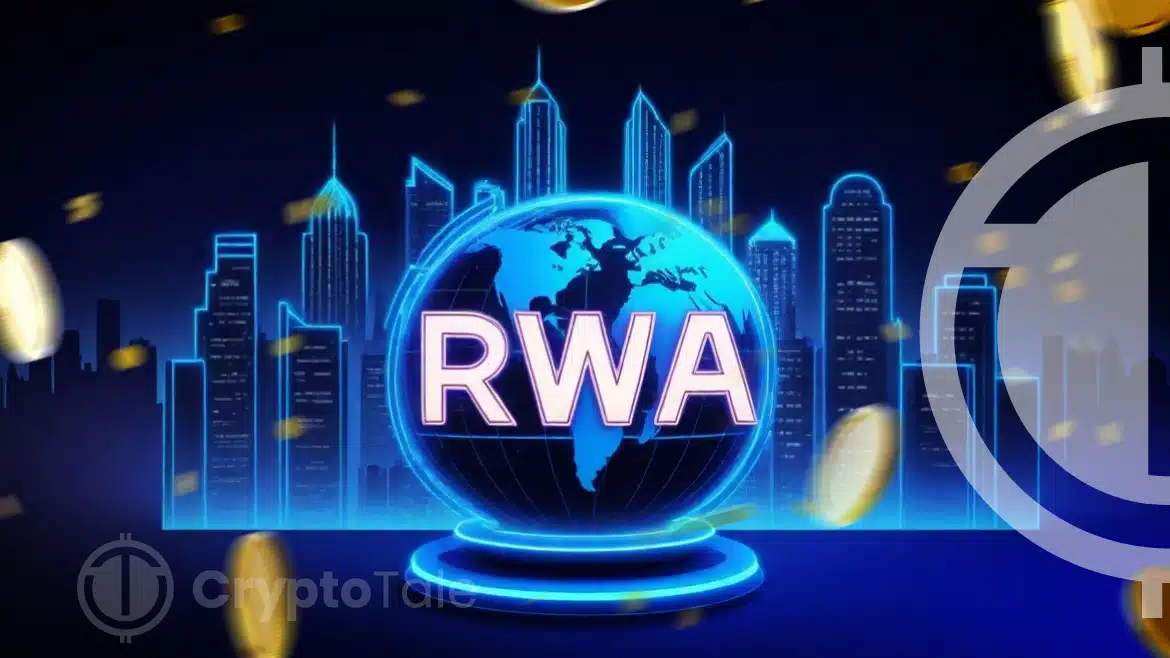
Real-world assets (RWA) are rapidly gaining traction in the crypto space, offering investors an innovative way to access tangible assets via blockchain technology. These assets, which encompass a variety of tangible and intangible items, are tokenized and represented as digital tokens on the blockchain. As highlighted by Crypto.com, the on-chain RWA market is poised for substantial growth, projected to reach between US$4 trillion to US$16 trillion by 2030, according to a report by the Boston Consulting Group.
As per Coingecko blog post, Tokenization in the realm of real-world assets can occur through two primary methods – non-native tokens and native tokens. Non-native tokens involve the issuance of on-chain tokens to represent assets managed off-chain, while native tokens are issued directly on-chain, acting as the asset itself. This intersection of the physical world with blockchain technology presents new opportunities for investors seeking exposure to diverse asset classes.
The landscape of real-world assets has evolved significantly since the inception of fiat-backed stablecoins like Tether (USDT). While stablecoins remain dominant, comprising 99% of the fiat-backed stablecoin market, other asset categories have emerged. Commodity-backed tokens, including those pegged to precious metals like gold, have reached a market capitalization of $1.1 billion, offering investors alternative avenues for diversification.
Moreover, tokenized treasury products have witnessed remarkable growth, surging by 641% in 2023 alone. These products, which include tokenized US treasuries and yield-bearing stablecoins, have attracted substantial inflows as investors seek exposure to rising US T-bill rates amidst market volatility. However, growth in this sector has moderated in 2024, signaling potential shifts in investor preferences.
Private credit markets have also gained prominence within the RWA ecosystem, with the automotive sector comprising a significant portion of outstanding loans. Borrowers, predominantly from emerging markets, leverage private credit protocols to access capital for various purposes, with the automotive sector accounting for 42% of all loans. Despite challenges such as loan defaults, particularly in the wake of market downturns, private credit remains a crucial component of the RWA landscape.














